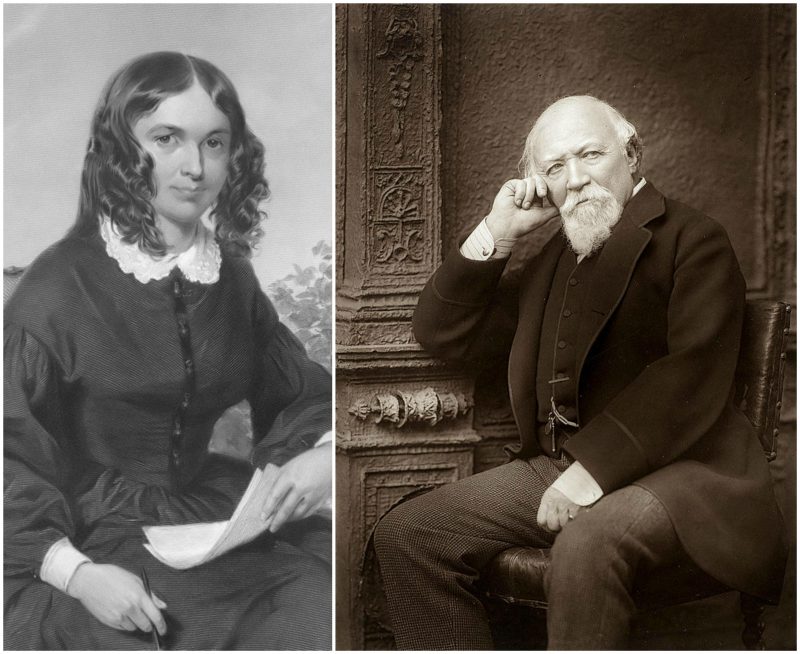One of the most prolific poets that ever graced the English Romantic movement, Elizabeth Barrett Browning, not only stand as a literary beacon of poetic prowess, was also an outspoken critic of social injustice. Constantly denouncing slavery and child labor throughout her lifetime, her work reflects the fight against inequity in the 19th century, and her poetic opus was held in high regard.
Elizabeth Barrett Browning (née Moulton) was born on 6th March 1806, in Durham, England, as the eldest child of 12. Her wealthy family’s sugar plantations in Jamaica secured a proper upbringing for the young poetess, but she was generally self-taught. She showed great interest in classical history, learning the Hebrew language to read the original writings of the Old Testament, as well as studying the works of Shakespeare and John Milton. She wrote her first poetry book, “The Battle of Marathon”, at the age of 12.
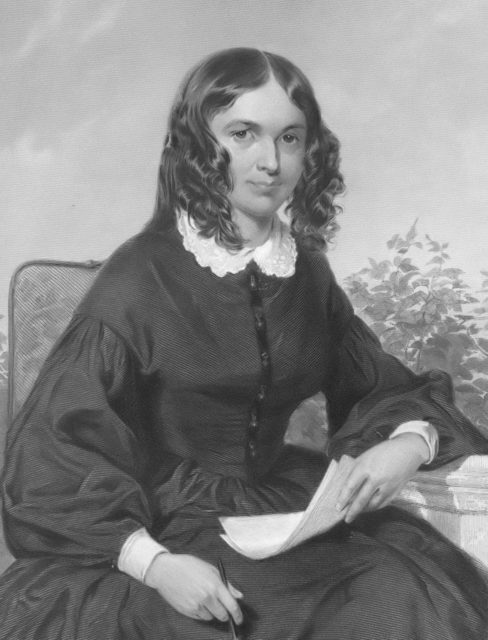
Throughout her life, she would struggle with problems caused by a spinal injury, various illnesses, and a lung disease that needed constant morphine intakes. These conditions worsened in 1821, when her family doctor incompetently prescribed opium, in hopes of mitigating the illness.
Browning’s health problems, however, did not stop her from passionately working on material. She anonymously published a collection of essays, “An Essay on Mind and Other Poems”, in 1826, which helped pave her way to literary recognition.
Even with the passing of her mother’s death, she continued to work and translated Aeschylus’ “Prometheus Bound” in 1833. Five years later, she published “The Seraphim and Other Poems”, which won the heart of Robert Browning, a like-minded poet, and playwright, with an outstanding vocabulary, social commentary, and sheer poetic wit.
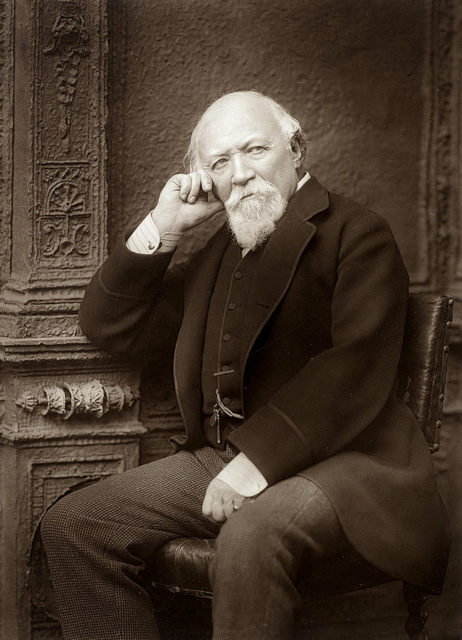
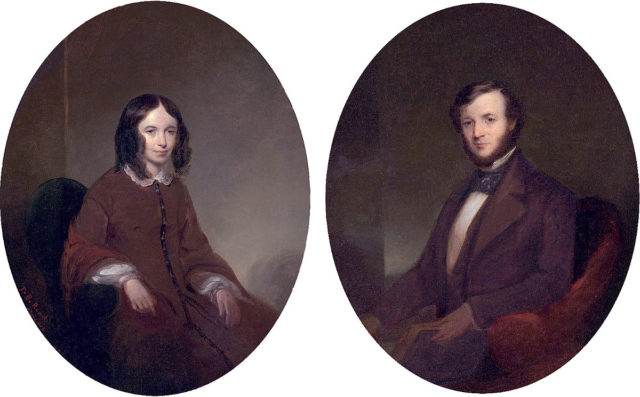
Much to her father’s dismay, the two shared an unconditional love that would perhaps serve as the sole driving force behind Browning’s heartwarming poems. Allegedly, they exchanged more than 500 letters in a span of a year and a half.
The couple traveled to the beautiful city of Florence in Italy, which proved an excellent location for the creative minds of the young poets. It is there where Elizabeth would publish her magnum opus, “Sonnets From the Portuguese”; these were a grandiose collection of poems, which would cement her place in the history of English literature and bring her great recognition and praise, and it would build the reputation of Elizabeth to surpass that of Robert by a long way.
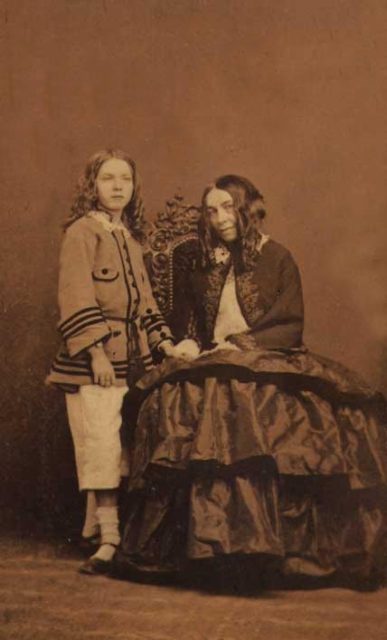
The 43rd sonnet, which famously begins with “How do I love thee? Let me count the ways…” was just one of the 44 poems which were actually on hold by Elizabeth’s doubts and hesitation, but were luckily very supported by the insistence of her husband. The poems were becoming very popular among the Victorian communities.
Alongside this positive outcome, her first and only child, Robert Wiedeman Barrett Browning, was born in Florence in 1849.
Although her authoritative father disinherited her after hearing the news of the wedding, she managed to inherit some money anyway which secured a decent life for her in Florence.
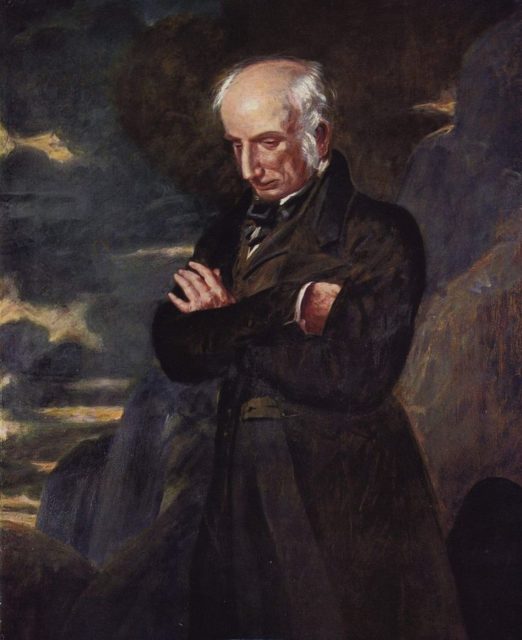
She published many political and social works like “Casa Guidi Windows”, and “Poems Before Congress” (which addressed slavery and the Italian fight for independence), as well as “Aurora Leigh”, her longest work, which challenged male dominance and female subjugation.
At the age of 55, Elizabeth Barrett Browning succumbed to her disease in Florence on June 29, 1861, and died in the arms of her husband. She would still continue to posthumously garner the attention of many readers.
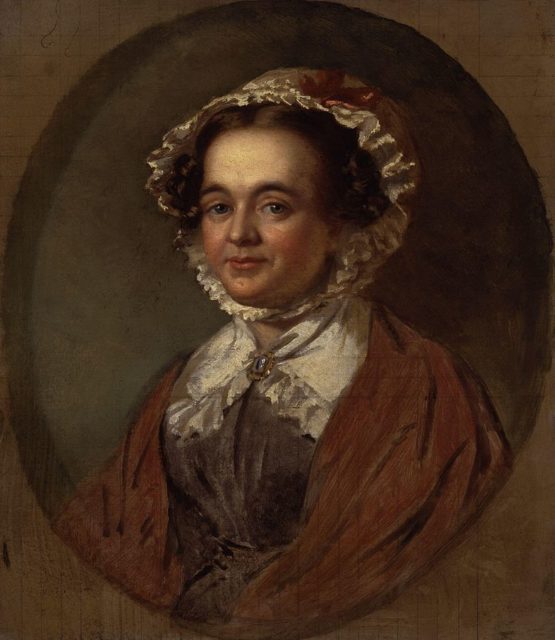
“The Cry of the Children”, “Isobel’s Child”, “Bertha in the Lane”, and many more poems and works were still being praised and studied even after her death. “Aurora Leigh” attracts more attention today than during the time it was published, as it addresses the social issues of equality.
Of all the female poets in England, none were as successful and held to such great critical acclaim as Elizabeth Barrett Browning. Influencing and motivating many great poetesses, such as Emily Dickinson and much later, Virginia Woolf, she captured the attention of many English, as well as American readers, despite being plagued by diseases, the death of her brother, and the tyrannical attitude of her father.
Today, her illness is still a mystery among medical scholars, as there are debates about whether or not the opium that the doctor prescribed to her made the illness much stronger. Perhaps her moving away from the English air to Italy in the pleasant southern atmosphere was an excellent location for her frail lungs, as the age of 55 was quite long time to live for that era of medicine.
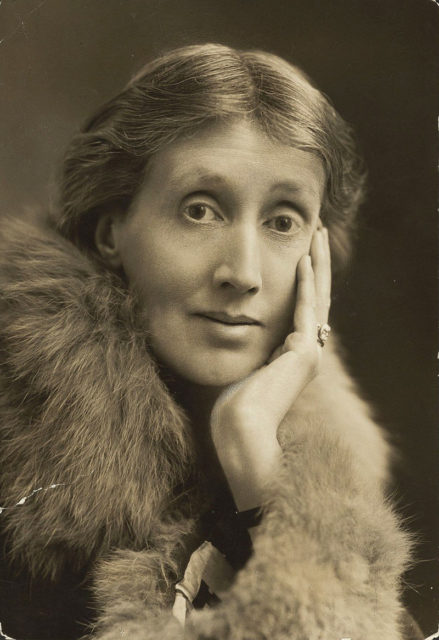
The very humanitarian issues that her work reflected was perhaps the most crucial mark that she left upon the general history of English literature.
To this day, her sonnets are enjoyed by many and are still a favorite among literary analysts.
